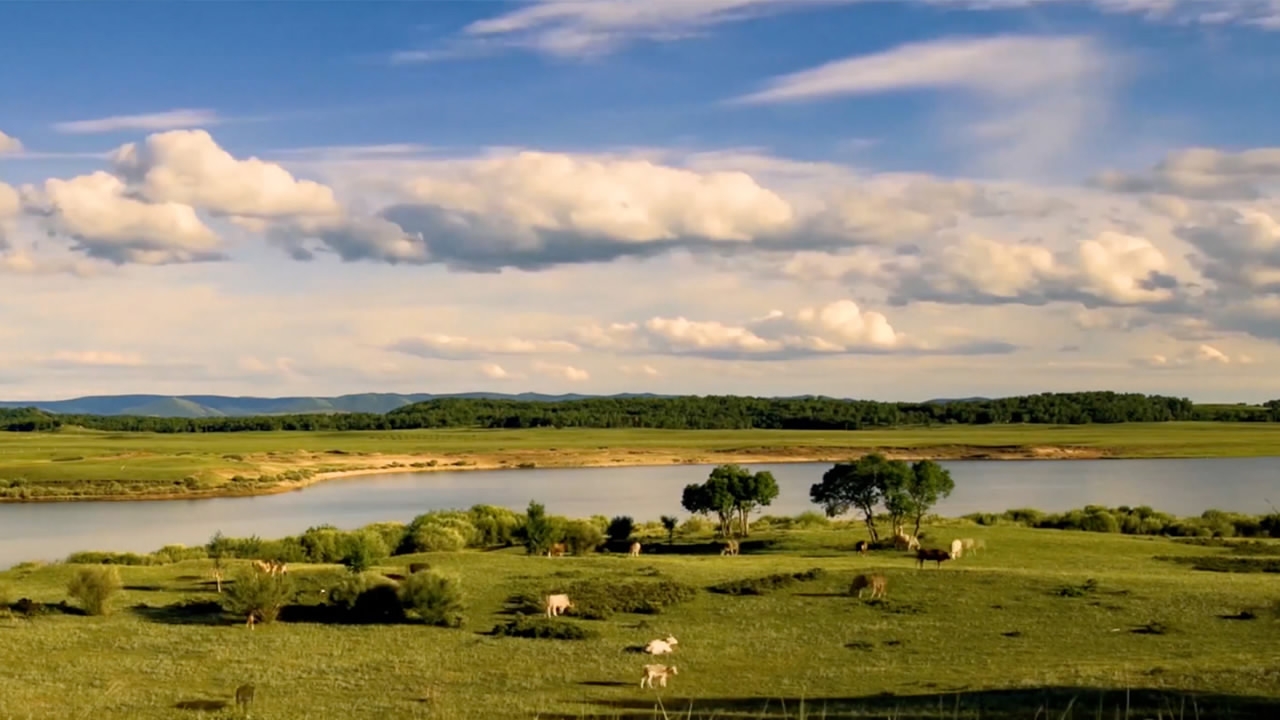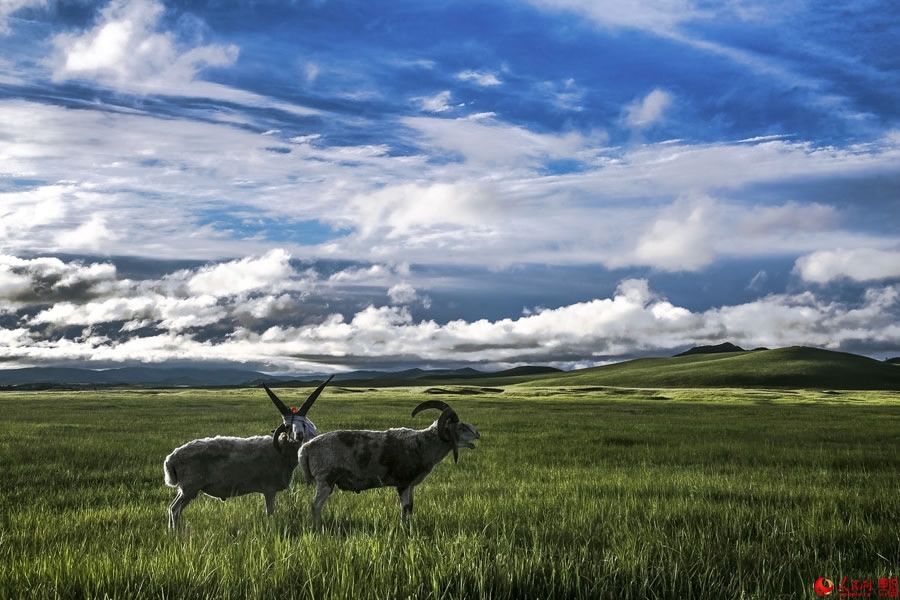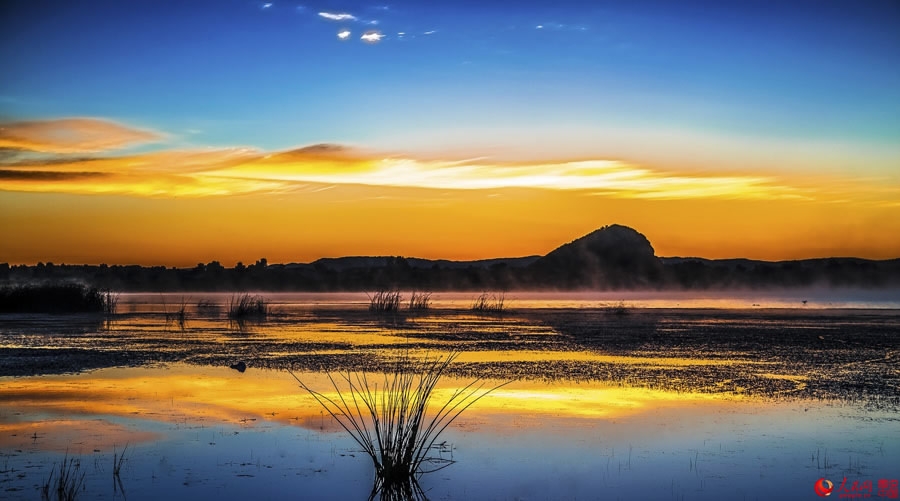
Business
16:35, 07-Aug-2017
Inner Mongolia marches along road of green development

Although the cities of north China's Inner Mongolia Autonomous Region are modern, the vast, wind-swept grasslands where herders have grazed their flocks for generations have always been a distinctive signature of the scenic landscape.
Inner Mongolia has 86.77 million hectares of grasslands, accounting for 22 percent of the country's total.
In 2016, the vegetation coverage of the region’s grasslands averaged at 44 percent, close to the highest level of 50 percent back in the 1960s.

Scenery of Wulanbutong grassland in Inner Mongolia. /People.cn Photo
Scenery of Wulanbutong grassland in Inner Mongolia. /People.cn Photo
In a bid to balance the relationship between economic development and environmental protection, "green" development has been one of the driving forces in growing the regions's economy.
Inner Mongolia abounds in a clean and renewable energy source – wind, which has been widely utilized in the region to generate electricity to supply other parts of the country, even other countries.
The region has the largest wind power capacity in China, with an installed capacity of over 26.1 gigawatts, and is where Huitengxile wind farm, Asia’s largest wind power plant, is located.

Scenery of Wulanbutong grassland in Inner Mongolia. /People.cn Photo
Scenery of Wulanbutong grassland in Inner Mongolia. /People.cn Photo
Huitengxile wind farm produces at least one gigawatt of power to supply industries and thousands of households.
Cows and camels roam between the towers of what started in 1996 as an experimental site, but has been ramped up to what it is today.
"We call it the Three Gorges of the sky. The hydroelectric dam there taps the water, here we tap the wind," said an operator at the wind farm.
Besides wind, rich resources, such as coal and rare earth, lie under the land’s rolling prairies.
Echoing the "green" development principle, the local government has been encouraging the growing of the coal-to-chemical industry to replace traditional coal mining.
As the end of 2015, Inner Mongolia had a production capacity of 1.42 million tons of coal-to-oil, 1.06 million tons of coal-to-olefins, and 1.73 billion cubic meters of coal-based synthetic natural gas.

SITEMAP
Copyright © 2018 CGTN. Beijing ICP prepared NO.16065310-3
Copyright © 2018 CGTN. Beijing ICP prepared NO.16065310-3